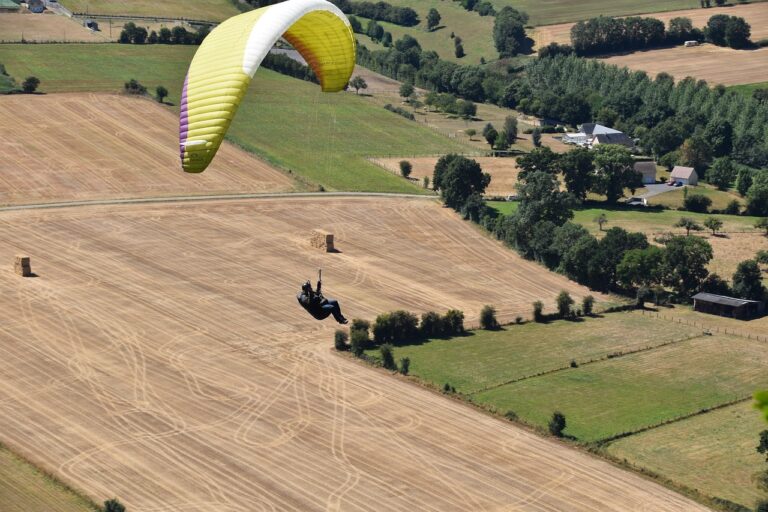Reviewing the Evolution of CGI in Film and Television
Computer-Generated Imagery (CGI) has revolutionized the film industry over the past few decades. Initially used sparingly due to its high cost and limited capabilities, CGI has now become a staple in modern filmmaking. Directors and filmmakers have embraced this technology, allowing for the creation of stunning visuals and immersive worlds that were once unimaginable.
With advancements in CGI software and hardware, filmmakers are now able to bring their wildest creative visions to life on the big screen. From realistic character animations to breathtaking special effects, CGI has opened up a whole new realm of possibilities for storytelling in film. Audiences are constantly amazed by the seamless integration of CGI elements into live-action scenes, blurring the lines between reality and fantasy.
• CGI has revolutionized the film industry by allowing for stunning visuals and immersive worlds
• Directors and filmmakers have embraced this technology, leading to the creation of previously unimaginable scenes
• Advancements in CGI software and hardware have made it possible to bring creative visions to life on screen
• From realistic character animations to breathtaking special effects, CGI has opened up new possibilities for storytelling in film
• Audiences are constantly amazed by the seamless integration of CGI elements into live-action scenes
Impact of CGI on Storytelling in Film and Television
The use of CGI in film and television has significantly transformed the way stories are told on screen. With the advancement in technology, filmmakers and show creators are now able to visualize and bring to life worlds and characters that were once limited by practical effects. CGI has opened up a realm of endless possibilities, allowing for more imaginative and visually stunning storytelling.
From creating fantastical creatures to elaborate and otherworldly environments, CGI has revolutionized the way narratives unfold on screen. It has enabled filmmakers to delve into genres and stories that were previously deemed impossible to portray realistically. With CGI, storytellers can now push boundaries and transport audiences into worlds beyond their wildest imaginations, creating a more immersive and captivating viewing experience.
Advancements in CGI Technology Over the Years
Advancements in CGI technology have significantly transformed the landscape of the film industry, allowing for unprecedented levels of visual realism and creative possibilities. Through the years, CGI has evolved from simple wireframe graphics to sophisticated computer-generated environments and characters that seamlessly blend into live-action footage. This progression has brought about a new era of filmmaking where directors can bring their imaginative visions to life with stunning detail and precision.
The continuous advancements in CGI technology have enabled filmmakers to push the boundaries of storytelling, creating immersive worlds and larger-than-life scenarios that captivate audiences worldwide. With the ability to render intricate textures, lighting effects, and realistic simulations, CGI has become an integral part of modern cinema, enhancing the visual storytelling experience and pushing the limits of what is possible on screen. As technology continues to evolve, the future of CGI in film looks promising, with endless opportunities for creative expression and innovation.
What is CGI?
CGI stands for Computer-Generated Imagery, which is the application of computer graphics to create images, videos, and animations.
How has CGI evolved in film?
CGI has evolved significantly in film over the years, from basic 2D animations to sophisticated 3D rendering that can realistically depict complex scenes and characters.
How has CGI impacted storytelling in film and television?
CGI has revolutionized storytelling in film and television by enabling filmmakers to create visually stunning and immersive worlds that were previously impossible to achieve using traditional practical effects.
What are some recent advancements in CGI technology?
Some recent advancements in CGI technology include the use of motion capture technology to create more realistic character movements, advancements in rendering techniques for more lifelike visuals, and the development of AI-powered tools to streamline the animation process.







